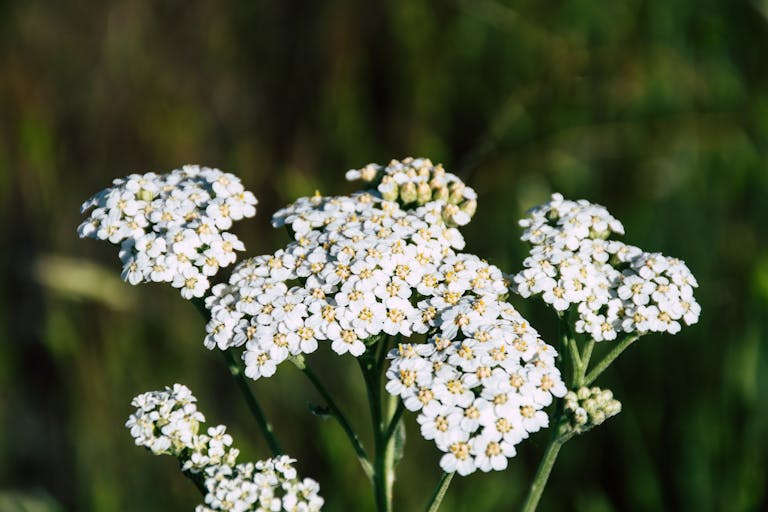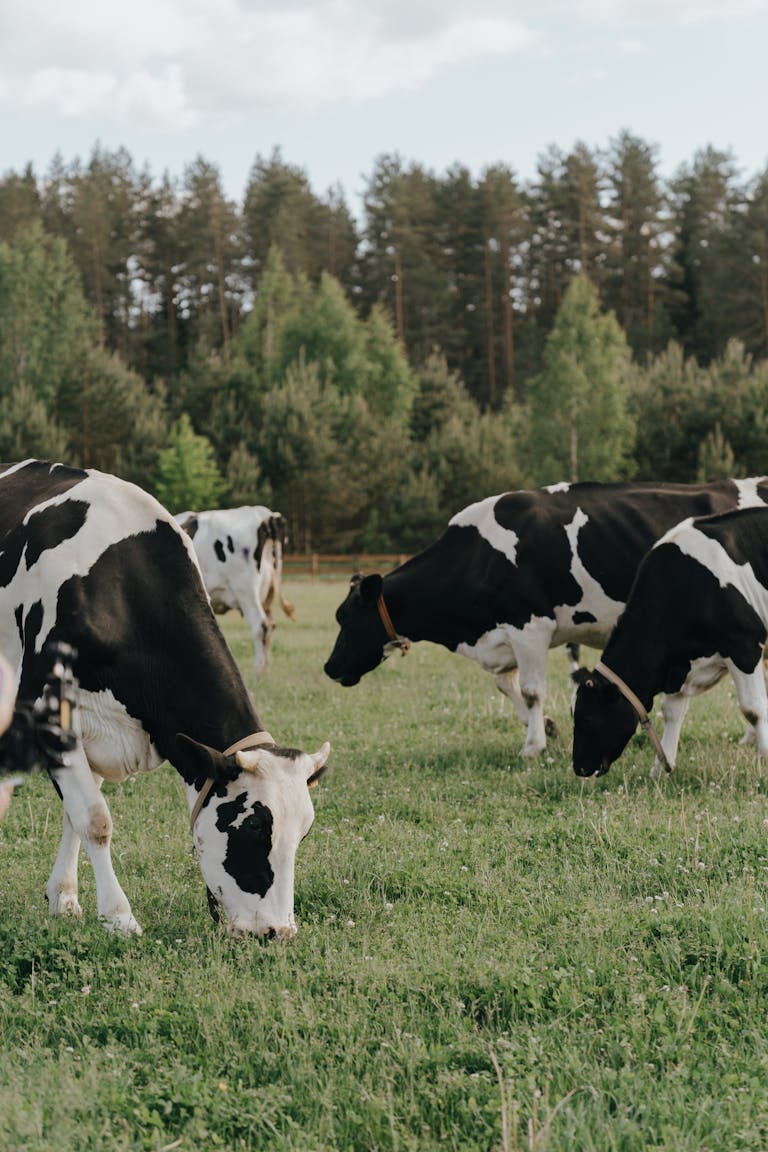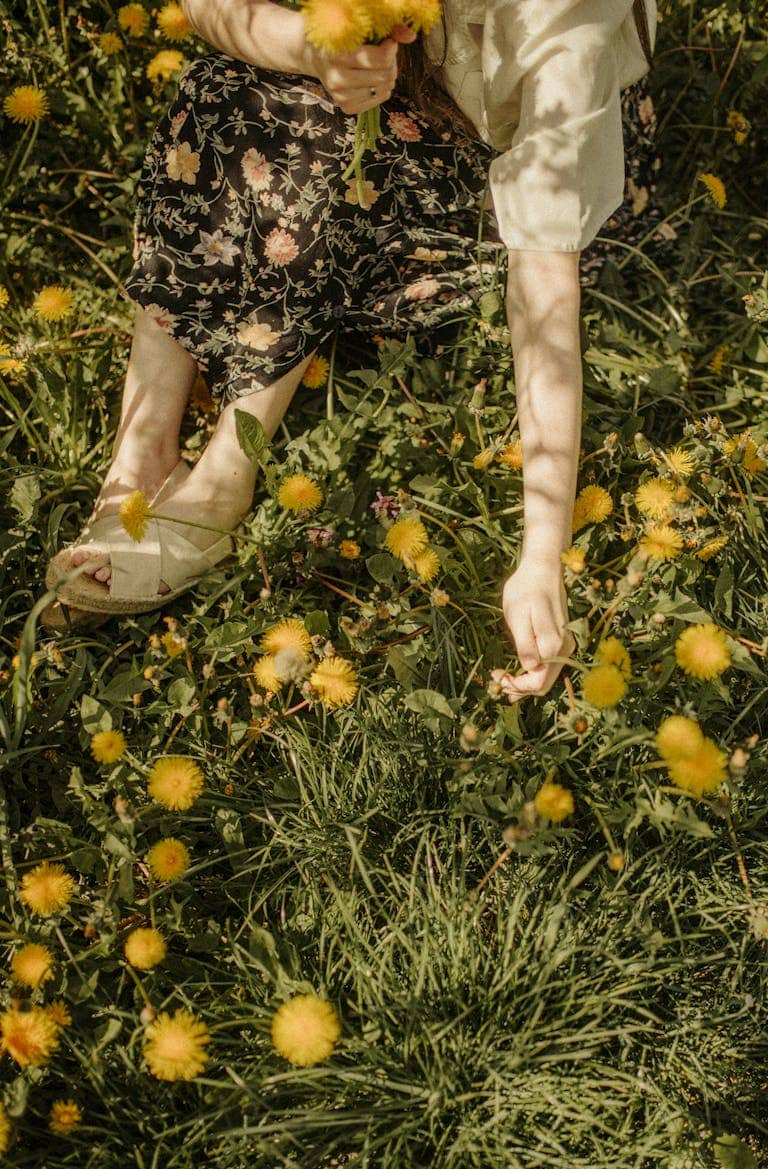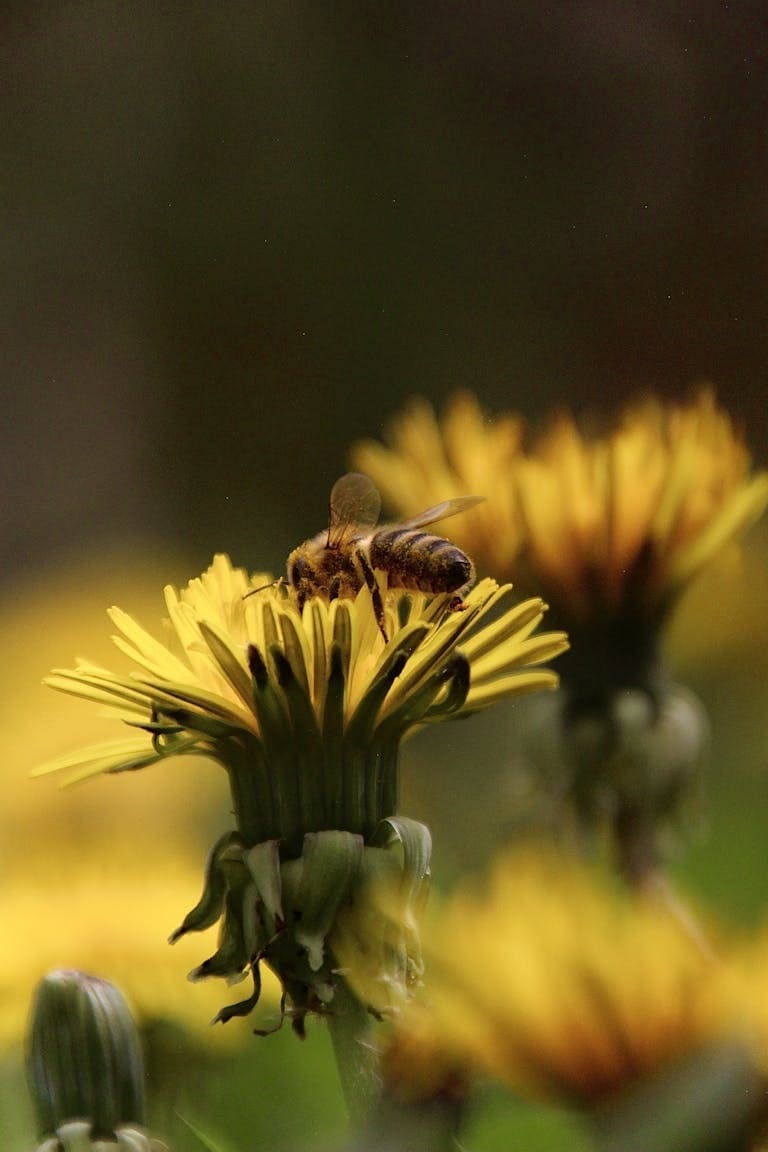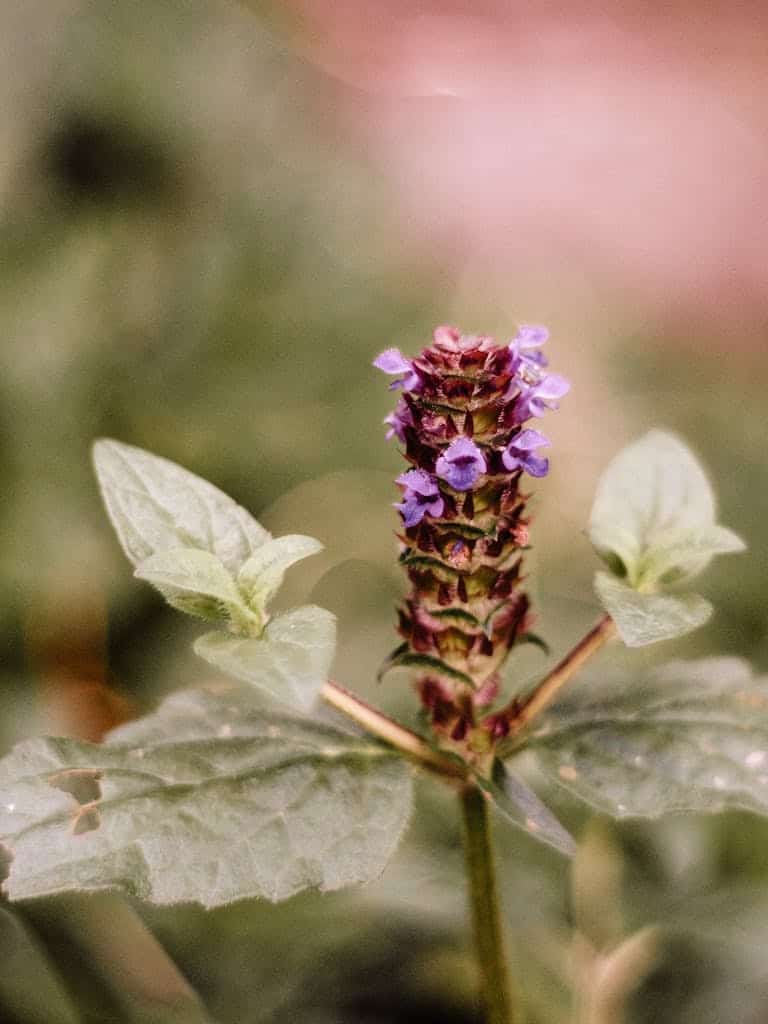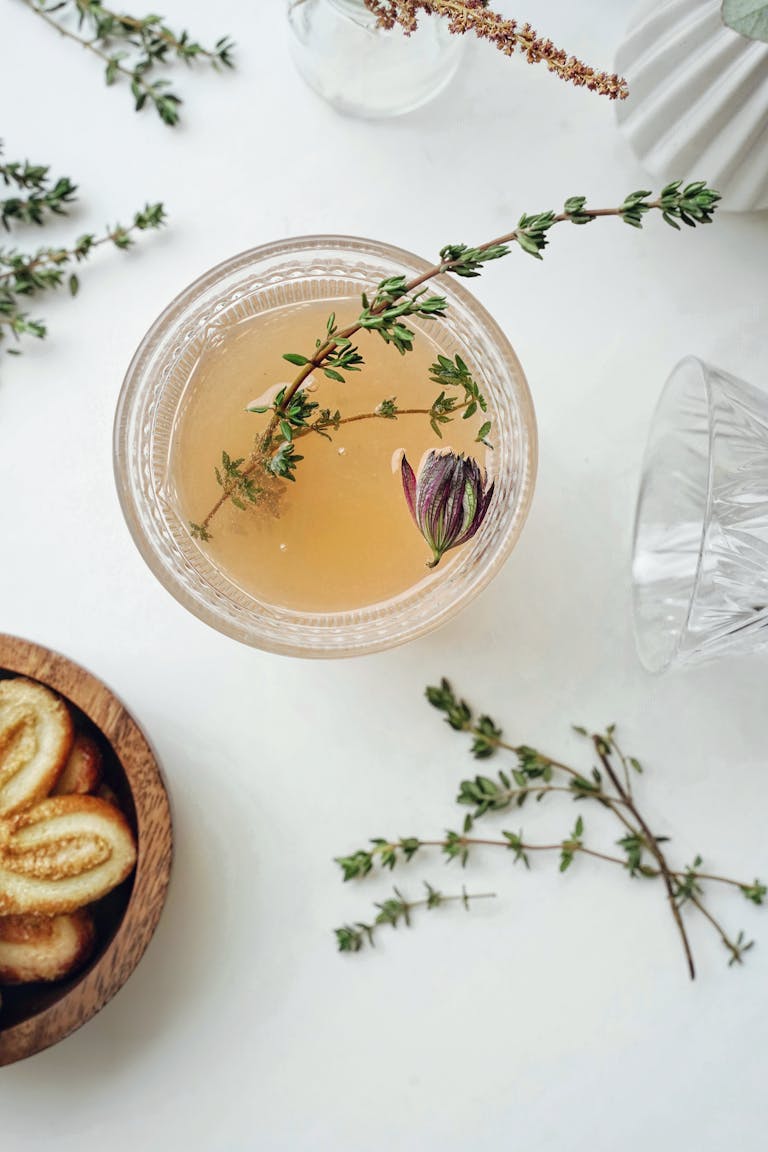Lilac Salve: A Healing Balm Inspired by My Favorite Flower
There’s something magical about the scent of lilacs. As a child, I remember wandering through my backyard each spring, carefully clipping the heavy, fragrant blooms to place in a vase on my bedroom windowsill. That burst of purple—the color of peace, healing, and royalty—filled my room and my heart with joy. Lilacs have always been my favorite flower, and purple my favorite color. Those memories are now part of the reason I love creating lilac salve, a natural, nourishing balm with both sentimental and medicinal value.
If you love lilacs or are looking for a beautiful and beneficial DIY skincare product, this blog post will walk you through everything you need to know about lilac salve—from picking and drying the flowers to understanding their healing properties and creating your own salve at home.
Find more Holistic Health recipes like Dandelion Medicinal Qualities & How to Make Dandelion Tea and Lavender Tea: Discover Its Medicinal Benefits.
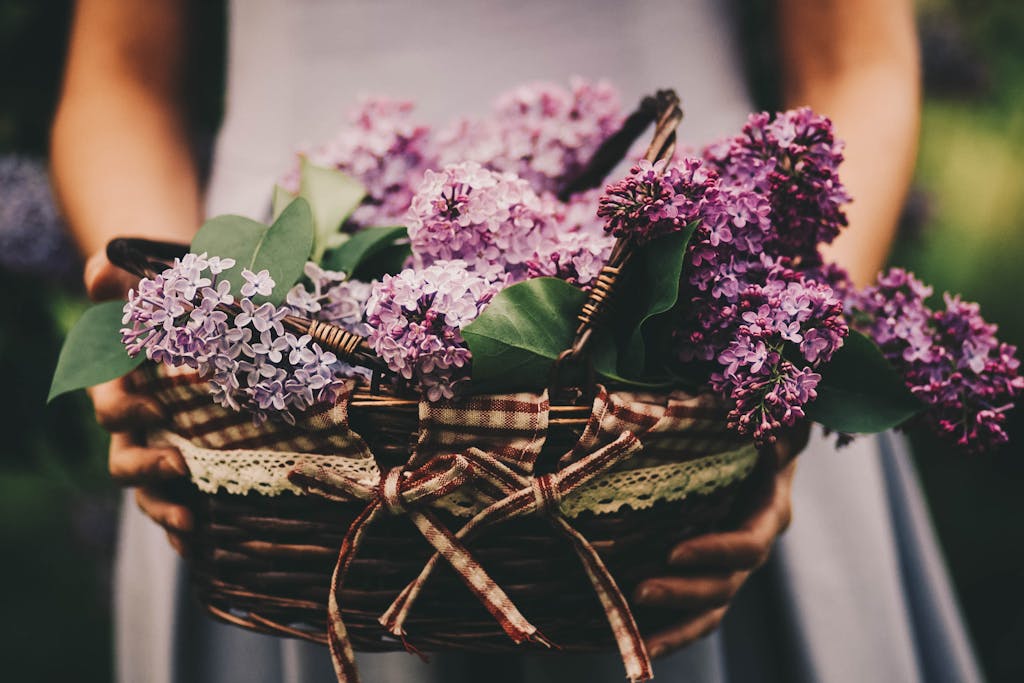
What Is Lilac Salve?
Lilac salve is a soothing, aromatic balm made from lilac flowers, natural oils, and beeswax. It’s used to moisturize the skin, reduce inflammation, ease minor burns or scrapes, and provide a touch of aromatherapy. Not only does it smell heavenly, but it also offers a gentle, non-toxic way to care for your body.
Benefits of Lilac Flowers for Skin and Health
Lilacs aren’t just pretty—they’re powerful! These delicate blossoms are packed with natural healing properties:
- Anti-inflammatory: Lilac extracts can reduce redness, swelling, and irritation on the skin.
- Antibacterial and antifungal: Ideal for minor wounds, cuts, or skin infections.
- Astringent: Tightens and tones the skin, making it a gentle remedy for acne or oily skin.
- Aromatherapeutic: The calming scent of lilac is believed to reduce anxiety, elevate mood, and promote relaxation.
Though lilacs aren’t as commonly used in commercial skincare, they’re a hidden gem in herbal and holistic circles.
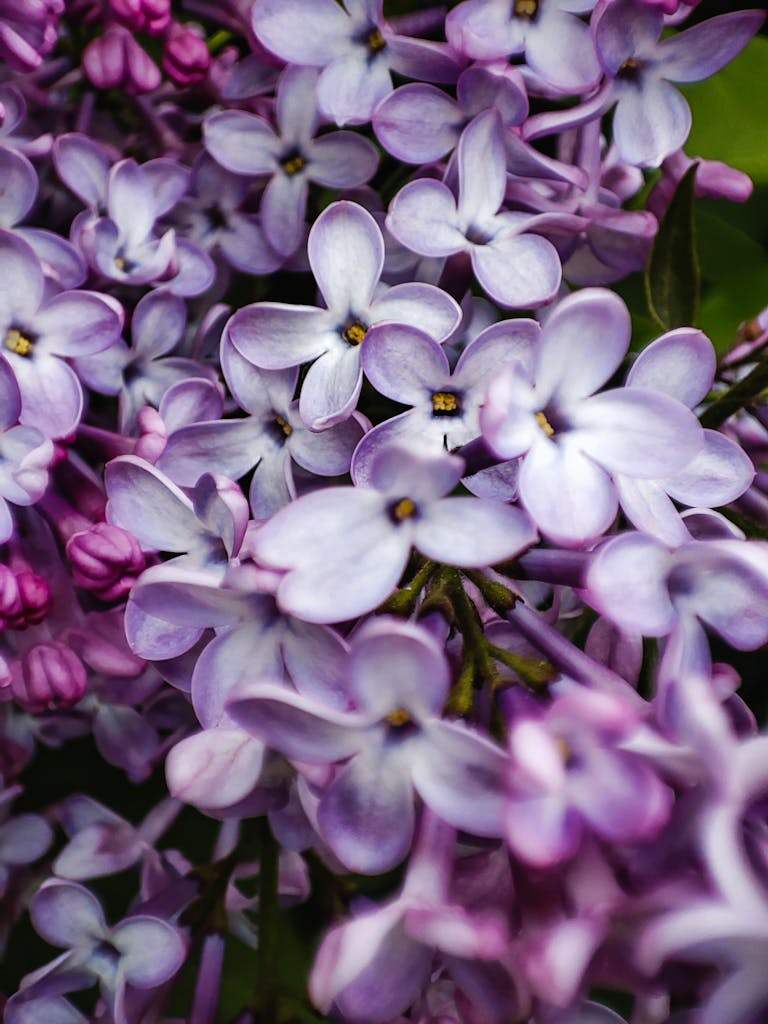
How to Pick and Dry Lilac Flowers
For this recipe, you’ll need 1 cup of fresh lilac petals—just the petals, not the stems or greenery.
Step-by-Step: Harvesting and Drying Lilac Petals
- Pick at peak bloom: Choose fully bloomed lilac flowers that are bright, fragrant, and not browning.
- Harvest in the morning: Right after the dew has dried is ideal—this is when the oils are strongest.
- Rinse gently: Shake or rinse the petals lightly to remove dirt or bugs. Pat dry with a towel.
- Separate petals: Remove petals from the stems, discarding leaves and green parts.
- Dehydrate naturally:
- Spread the petals on a clean screen or tray in a single layer.
- Keep in a cool, dry place out of direct sunlight for 3–5 days.
- Alternatively, use a dehydrator on the lowest setting for 2–4 hours.
Drying helps preserve the petals if you want to make your salve outside of lilac season or if you’re preparing large batches.
DIY Lilac Salve Recipe (With Ingredient Benefits)
This lilac salve recipe isn’t just skin-deep—each ingredient plays a specific role in creating a healing, nourishing balm. Here’s what you’ll need and why it matters:
Ingredients and Their Benefits
- 1 cup organic coconut oil
Why it’s used: Coconut oil is deeply moisturizing, rich in fatty acids, and has natural antibacterial and antifungal properties. It creates a smooth base for the salve and helps soften dry or irritated skin. - ½ cup beeswax pastilles
Why it’s used: Beeswax helps solidify the salve, giving it a balm-like consistency. It also acts as a natural skin barrier, sealing in moisture and protecting the skin from external irritants. - ½ cup sweet almond oil
Why it’s used: Sweet almond oil is light and easily absorbed by the skin. It’s packed with vitamins A and E and is known for its ability to soothe dryness, irritation, and inflammation. - 1 cup fresh lilac petals (or ½ cup dried)
Why it’s used: Lilac petals are the heart of this salve. They bring in the calming fragrance and gentle healing properties. Lilacs have anti-inflammatory, astringent, and antibacterial qualities, making them ideal for skin care. - 20 drops lilac essential oil (optional)
Why it’s used: If your dried lilac petals have a subtle scent, adding essential oil boosts the floral fragrance. It also enhances the aromatherapeutic effect, helping to reduce anxiety and stress. - 1 tablespoon vitamin E oil
Why it’s used: Vitamin E is a powerful antioxidant that helps extend the shelf life of your salve by preventing oils from going rancid. It also supports skin healing, reducing the appearance of scars, stretch marks, and dryness.
Instructions
- Melt base ingredients: In a double boiler, gently melt the coconut oil and beeswax pastilles over low heat.
- Stir in oils: Remove from heat and stir in sweet almond oil and vitamin E oil.
- Add petals: Stir in the lilac petals and let the mixture sit for 30 minutes to infuse.
- Strain: Use cheesecloth or a fine mesh strainer to remove the petals, squeezing gently to get every drop.
- Add scent (optional): Stir in lilac essential oil if you’d like a more pronounced fragrance.
- Pour and cool: Transfer the liquid into sterilized jars or tins. Let cool completely before sealing.
- Store: Keep in a cool, dark place. Shelf life is around 6–9 months.
How to Use Lilac Salve
Lilac salve can be used for:
- Dry hands or heels
- Chapped lips
- Sunburn relief
- Cuticle care
- Mild eczema or rash soothing
- Tension relief with aromatherapy
A little goes a long way! Apply a small amount to clean skin and massage gently.
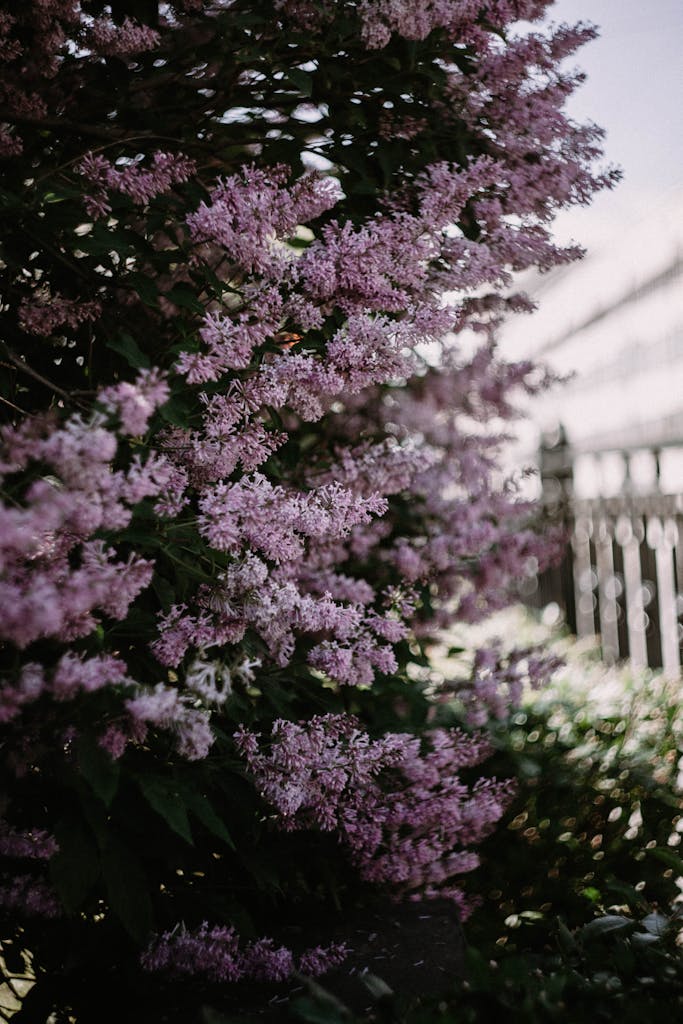
FAQ: Lilac Salve
Can you use dried lilacs instead of fresh ones?
Yes! You can substitute fresh lilac petals with about half the amount of dried petals. Drying concentrates the plant’s properties, so a little goes a long way.
What does lilac salve smell like?
It has a light, floral scent—soft, sweet, and nostalgic. Adding essential oil enhances the fragrance if you prefer a stronger smell.
Is lilac salve safe for children?
Yes, it’s generally safe for children when made with gentle, natural ingredients. Avoid using essential oils on infants or consult a pediatrician first.
Can I use olive oil instead of almond oil?
Absolutely. Olive oil is a great substitute and adds its own skin-nourishing benefits. You can also use jojoba or grapeseed oil.
How long does lilac salve last?
If stored properly in a cool, dry place, it can last 6 to 9 months. Vitamin E oil helps preserve it longer by preventing oxidation.
Is lilac salve edible?
No. Although lilacs are non-toxic and sometimes used in food (like syrups or jellies), this salve is for external use only.
Final Thoughts
Creating lilac salve is more than a DIY skincare project—it’s a way to preserve the beauty and healing power of one of nature’s most enchanting flowers. For me, it’s also a way to carry a little bit of childhood wonder into my adult life. Every time I open a jar and breathe in that soft purple scent, I’m reminded of my lilac-filled bedroom windowsill and the peaceful joy of spring mornings.
So go ahead—gather some lilacs, stir in your love, and create a little jar of healing beauty you’ll reach for time and time again.
Have you made lilac salve before? Got questions or your own tips? Share them in the comments below!
Holistic Health from the Farmhouse
No posts
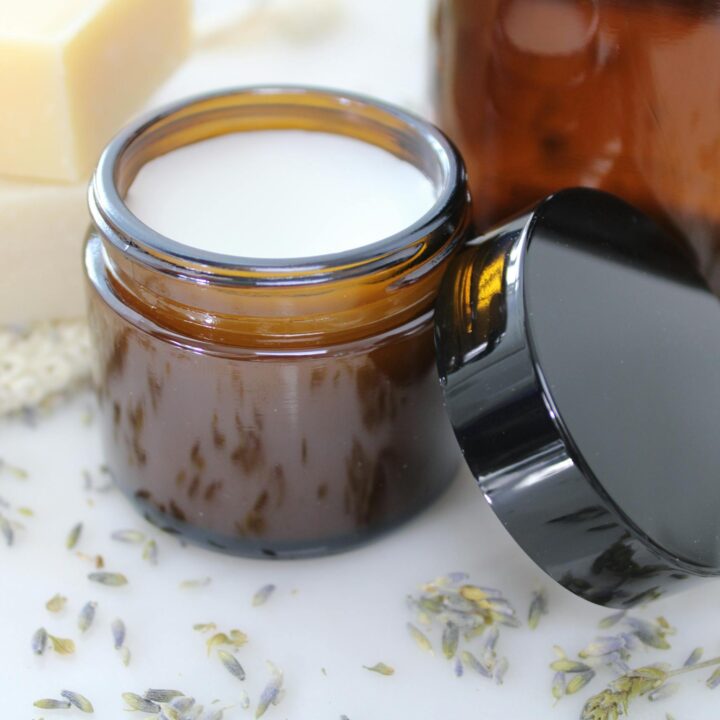
Lilac Salve
Bring the beauty and healing power of spring into your home with this homemade lilac salve. Infused with real lilac petals and nourishing oils, this all-natural balm soothes dry skin, calms inflammation, and provides gentle aromatherapy. Perfect for gardeners, herbalists, and lovers of all things floral, this lilac salve recipe is a must-have for your natural skincare collection.
Ingredients
- 1 cup organic coconut oil
- ½ cup beeswax pastilles
- ½ cup sweet almond oil
- 1 cup fresh lilac petals (or ½ cup dried)
- 20 drops lilac essential oil (optional, for a stronger scent)
- 1 tablespoon vitamin E oil
Instructions
- Melt base ingredients: In a double boiler, gently melt the coconut oil and beeswax pastilles over low heat.
- Stir in oils: Remove from heat and stir in sweet almond oil and vitamin E oil.
- Add petals: Stir in the lilac petals and let the mixture sit for 30 minutes to infuse.
- Strain: Use cheesecloth or a fine mesh strainer to remove the petals, squeezing gently to get every drop.
- Add scent (optional): Stir in lilac essential oil if you’d like a more pronounced fragrance.
- Pour and cool: Transfer the liquid into sterilized jars or tins. Let cool completely before sealing.
- Store: Keep in a cool, dark place. Shelf life is around 6–9 months.
